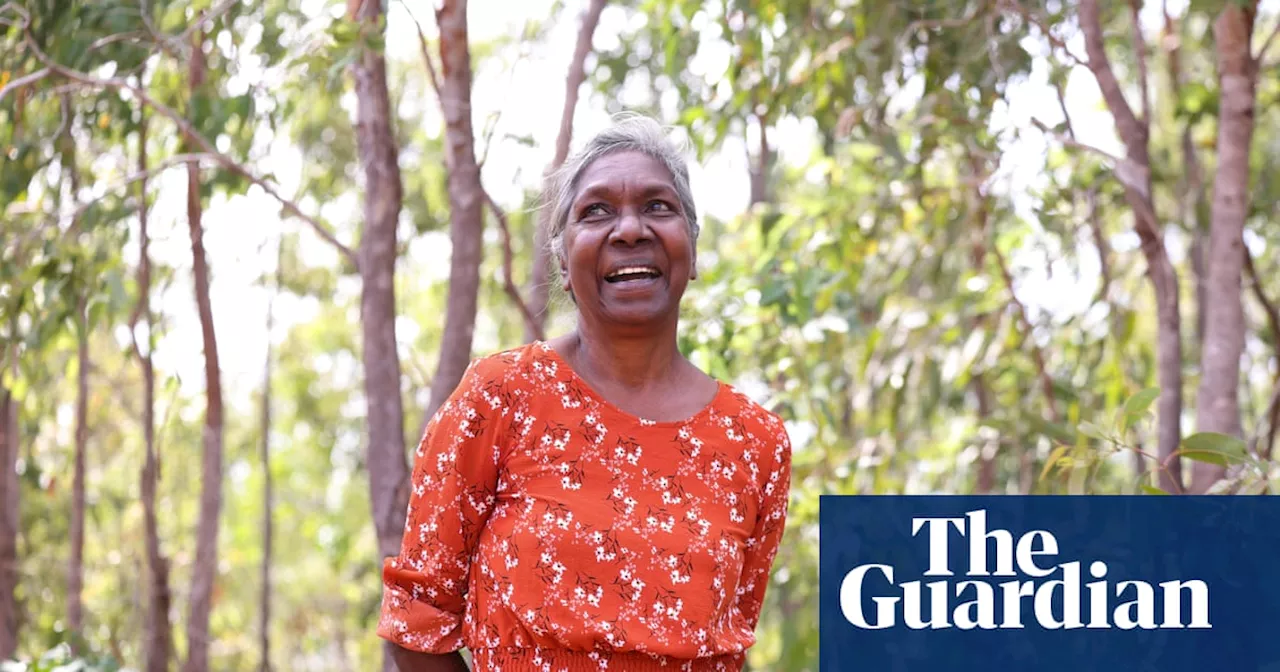This novel, based on pre-colonial Australian history, offers a unique collaboration between Yolŋu knowledge holders and novelist Leonie Norrington. It tells the true story of a Yolŋu elder protecting her granddaughter from ruthless traders exploiting the region's resources and people. Set in the late 1600s, the novel sheds light on the complex history between the Yolŋu and Macassan traders, showcasing Yolŋu culture and resilience.
Based on a story from pre-colonial Australia, A Piece of Red Cloth is a pioneering, ‘real collaboration’ between Aboriginal and non-Aboriginal storytellers. When she was still a girl, one of Merrkiyawuy Ganambarr-Stubbs’s grandmothers was kidnapped from the coast of Arnhem Land by foreign traders. “My grandmother’s sister used to tell me that they went down and saw the footprints of her little sister in the mud, and shoes,” the Yolŋu elder recalls.
“And they figured out that the Macassans had taken her.” Ganambarr-Stubbs says there are lots of stories like this throughout north-east Arnhem Land, stretching back across hundreds of years of trade between Yolŋu and traders from the port of Macassar – in present-day eastern Indonesia – who arrived annually during the wet season to harvest sandalwood. One such story is the basis for the new historical novel A Piece of Red Cloth. Co-authored by Ganambarr-Stubbs with fellow Yolŋu knowledge holders Djawa Burarrwanga and Djawundil Maymuru and novelist Leonie Norrington, it represents a pioneering collaboration between Aboriginal and non-Aboriginal storytellers: pre-colonial Yolŋu oral history, told as western-style literature.Set in coastal Arnhem Land in the late 1600s, A Piece of Red Cloth revolves around a Yolŋu elder trying to protect her granddaughter from foreign traders. The story takes place at a crucial turning point in history: Makassar is under the control of Dutch merchants, and the novel shows how a ruthless new cohort of traders adopted the tools of the colonisers, plying Yolŋu men with alcohol and opium in order to secure access to young women and children – a valuable commodity in the sex-trafficking trade. In the face of this new threat, the elder Yolŋu women eventually take matters into their own hands. “It’s a true history,” says Ganambarr-Stubbs. In the novel’s foreword, she details the centuries-deep trading relationship between the Yolŋu and Macassans that precedes the events of the novel, writing: “They learnt from us, and we learnt from them. Most of the time our interactions were peaceful. There were no wars. They didn’t want us to change our religion … We respected them and they respected us.” In the story, as in real life, the kidnapped girl’s family retaliates and refuses the Macassans access to their Country thereafter. This history is well known to Yolŋu people, “sung and told orally from generations to generations,” says Ganambarr-Stubbs, who also teaches it as part of a community school in Yirrkala. Elsewhere in Australia, however, this chapter of pre-colonial history is less known, thanks to western academia’s reliance on written sources. Ganambarr-Stubbs hopes the novel will educate a broader audience: “Wider Australia should learn more about the history – all the histories – because that’s how all of us came to be here now.” The novel also offers readers a rare portrait of pre-colonial Yolŋu life: its pleasures, politics and relationships, sustained by a rich culture and cosmology. We experience hunts, harvests and bushcraft; councils, ceremonies and rituals.Ganambarr-Stubbs is keen to point out that this is how Yolŋu are “still living now, in the modern world”. (While we’re talking over the phone, I hear her grandchildren asking her if she’s getting ready to go hunting.) This desire to share culture was the genesis of A Piece of Red Cloth, although it was another Yolŋu woman who spearheaded the project: the late Clare Bush. Bush and her husband adopted Norrington’s entire family when they moved to Bamyili/Barunga in the 1960s, formally taking responsibility for their cultural education. Norrington maintained a lifelong relationship with her adoptive mum, “What she wanted most was to represent the Yolŋu as strong, powerful people who were in charge of the weather and the land, and they could control foreigners,” says Norrington. After Bush died, her sisters, artists Mulkan and Muluymuluy Wirrpanda (the latter’s art graces the book’s cover), introduced Norrington to her three co-authors, holders of the Macassan time stories in their respective communities in Yirrkala and Bawaka homeland. Together, they supervised the writing and editing of the book and told Norrington what stories and details should be included. Or shouldn’t be, including sacred or secret Yolŋu knowledge, words, names or locations. “Any knowledge that’s presented is open knowledge,” says Norrington. Leonie Norrington with her adoptive mum Clare Bush’s younger sister Muluymuluy Wirrpanda, a Yolŋu artist of the Dhuḏi-Djapu clan from Dhuruputjpi in eastern Arnhem Land. “For the Yolŋu people, the land, the people, the song, the story – everything emerged at the same time
Indigenous Literature Fiction Australian Literature Yolŋu Macassan Traders Arnhem Land Pre-Colonial Australia Aboriginal History Indigenous Culture Sex Trafficking Colonialism
Australia Latest News, Australia Headlines
Similar News:You can also read news stories similar to this one that we have collected from other news sources.
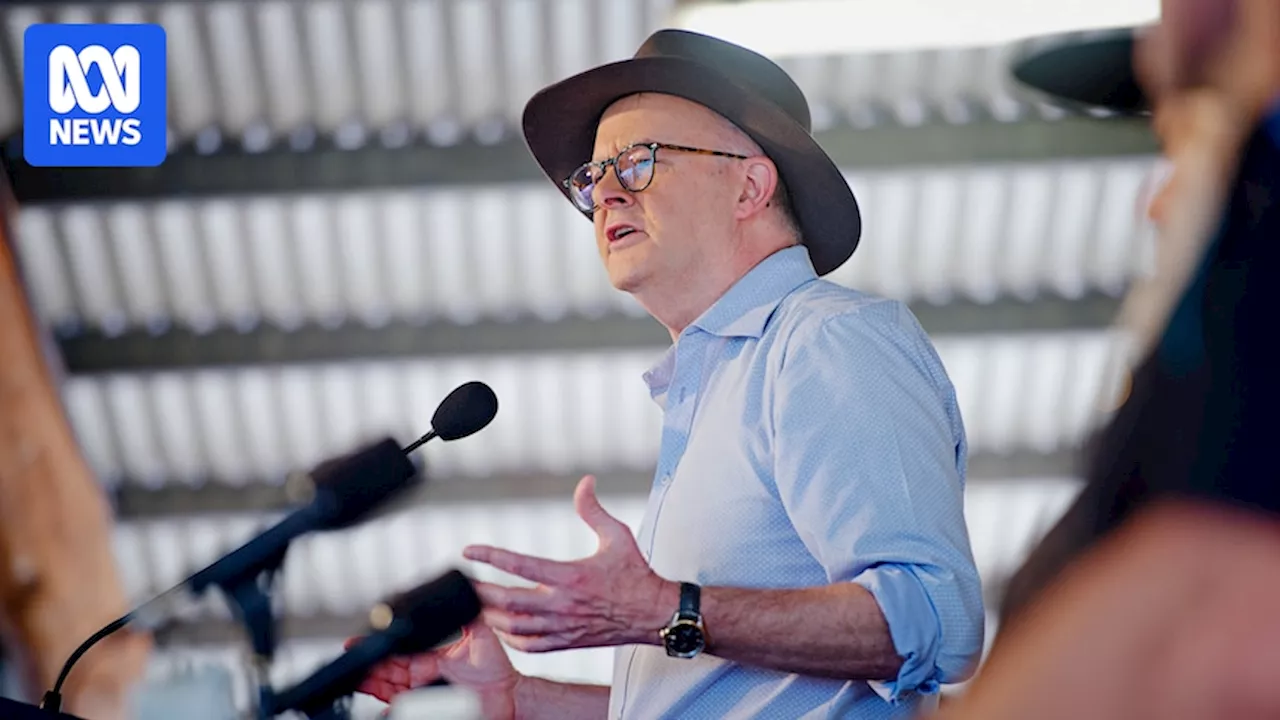 Federal Government Commits $842.6 Million to Support Remote Aboriginal Communities in the Northern TerritoryThe Australian federal government has pledged $842.6 million over six years to support Aboriginal people living in remote communities in the Northern Territory. The funding will be delivered through the NT Remote Aboriginal Investment (NTRAI) fund, in collaboration with the Northern Territory government and Aboriginal Peak Organisations NT (APO NT). The investment will focus on essential services, community development, and supporting Aboriginal community-controlled organisations.
Federal Government Commits $842.6 Million to Support Remote Aboriginal Communities in the Northern TerritoryThe Australian federal government has pledged $842.6 million over six years to support Aboriginal people living in remote communities in the Northern Territory. The funding will be delivered through the NT Remote Aboriginal Investment (NTRAI) fund, in collaboration with the Northern Territory government and Aboriginal Peak Organisations NT (APO NT). The investment will focus on essential services, community development, and supporting Aboriginal community-controlled organisations.
Read more »
 WA Liberal Leader Mettam Faces Backlash for Refusing to Stand in Front of Aboriginal FlagLibby Mettam, leader of the WA Liberal Party, has stated she will not stand in front of the Aboriginal flag if elected premier. This stance has drawn criticism from former Indigenous Affairs Minister Ken Wyatt, who argues it sidelines Aboriginal Australians. Mettam maintains her focus is on uniting the country behind one national flag.
WA Liberal Leader Mettam Faces Backlash for Refusing to Stand in Front of Aboriginal FlagLibby Mettam, leader of the WA Liberal Party, has stated she will not stand in front of the Aboriginal flag if elected premier. This stance has drawn criticism from former Indigenous Affairs Minister Ken Wyatt, who argues it sidelines Aboriginal Australians. Mettam maintains her focus is on uniting the country behind one national flag.
Read more »
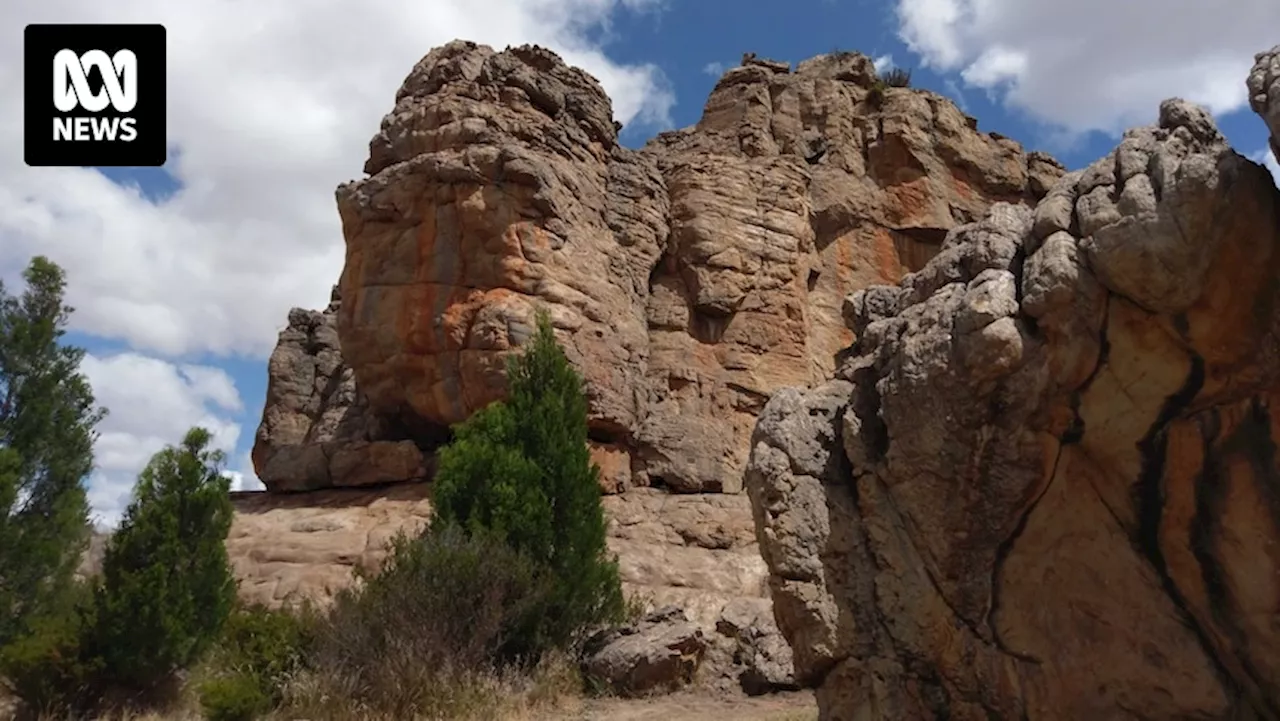 Aboriginal people in western Victoria say Mt Arapiles plan has triggered racial abuseTraditional owners in western Victoria say a draft management plan for Mt Arapiles-Tooan State Park has re-ignited racial abuse and harassment of Aboriginal people online and in the community.
Aboriginal people in western Victoria say Mt Arapiles plan has triggered racial abuseTraditional owners in western Victoria say a draft management plan for Mt Arapiles-Tooan State Park has re-ignited racial abuse and harassment of Aboriginal people online and in the community.
Read more »
 Aboriginal corporation CEO charged with assault after alleged Wadeye 'citizen's arrest'The chief executive of Wadeye's Kardu Diminin Corporation will face court charged with assault after an alleged 'citizen's arrest' in the remote Aboriginal community last month.
Aboriginal corporation CEO charged with assault after alleged Wadeye 'citizen's arrest'The chief executive of Wadeye's Kardu Diminin Corporation will face court charged with assault after an alleged 'citizen's arrest' in the remote Aboriginal community last month.
Read more »
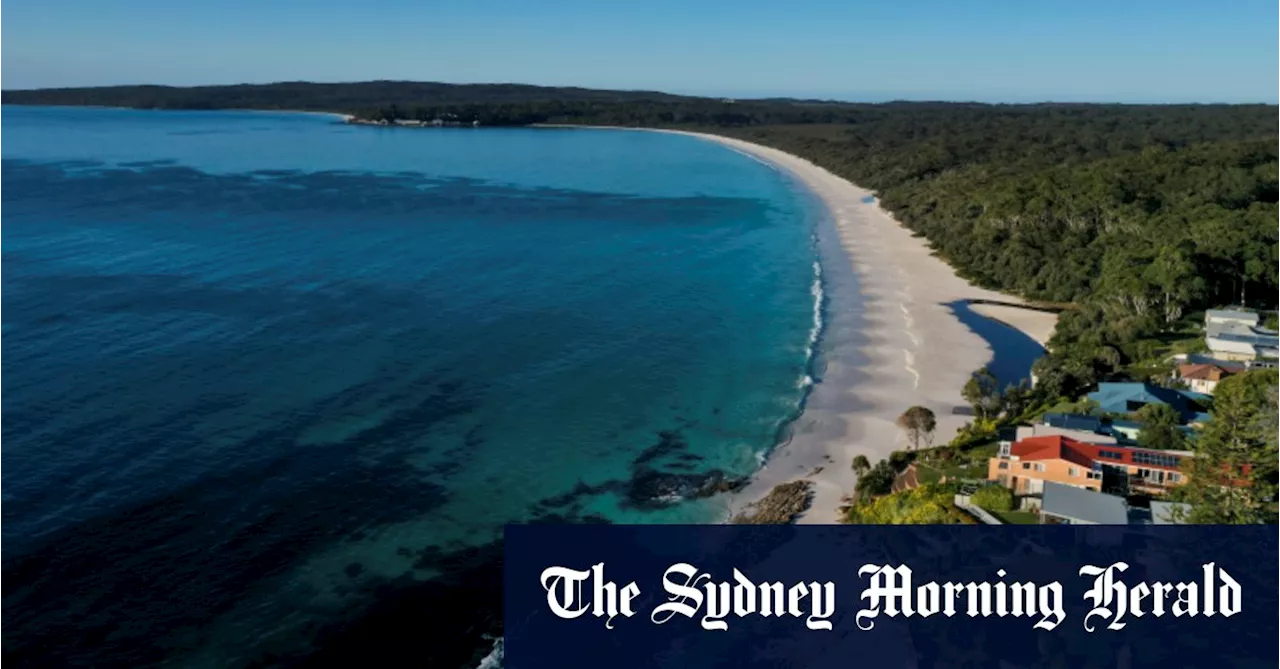 Jervis Bay's 'Hidden Evil': Aboriginal Community Accuses Authorities of Profiting From Cancer-Causing ToxinsFederal authorities are facing accusations of profiting from tourism to Jervis Bay while failing to adequately warn visitors about cancer-causing PFAS toxins in the area. An Aboriginal community living near the popular tourist destination claims the toxins are responsible for devastating health issues. They argue that authorities are prioritizing economic benefits over public health.
Jervis Bay's 'Hidden Evil': Aboriginal Community Accuses Authorities of Profiting From Cancer-Causing ToxinsFederal authorities are facing accusations of profiting from tourism to Jervis Bay while failing to adequately warn visitors about cancer-causing PFAS toxins in the area. An Aboriginal community living near the popular tourist destination claims the toxins are responsible for devastating health issues. They argue that authorities are prioritizing economic benefits over public health.
Read more »
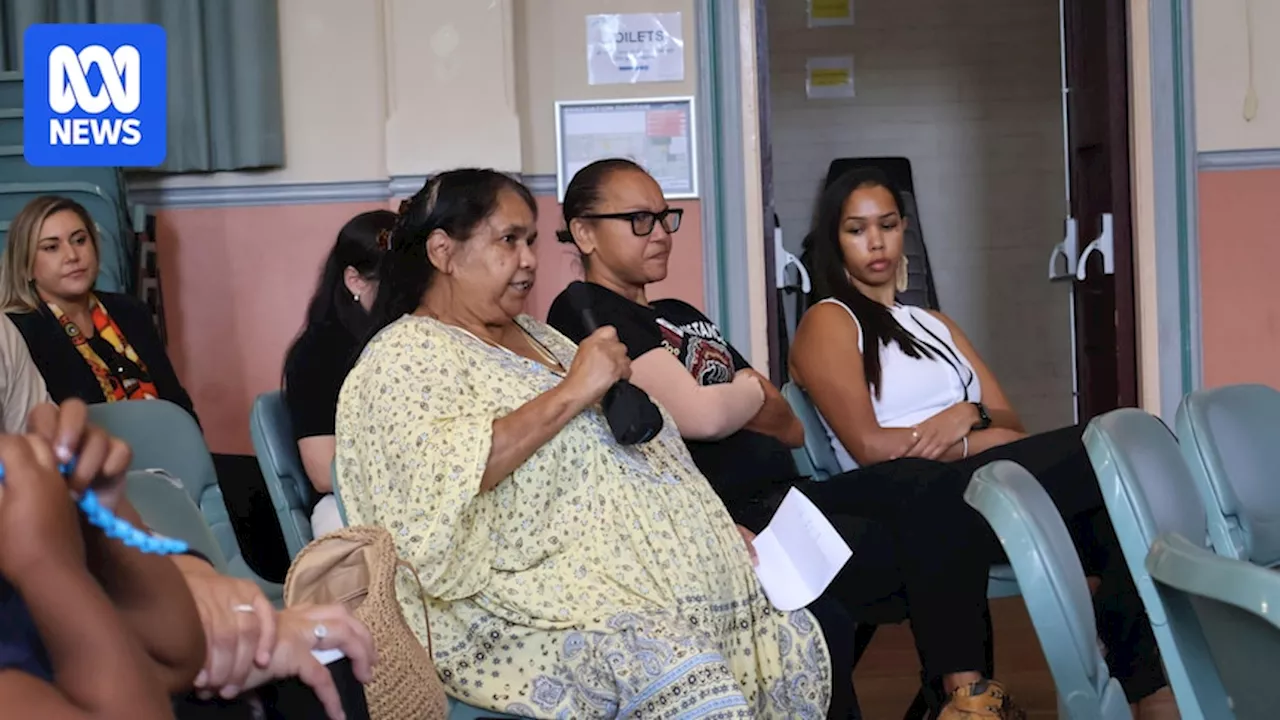 NSW Wreck Bay Aboriginal community slams Commonwealth for evading PFAS responsibilityMembers of Wreck Bay Village have given evidence at a federal inquiry into the extent, regulation and management of cancer-linked PFAS chemicals.
NSW Wreck Bay Aboriginal community slams Commonwealth for evading PFAS responsibilityMembers of Wreck Bay Village have given evidence at a federal inquiry into the extent, regulation and management of cancer-linked PFAS chemicals.
Read more »
